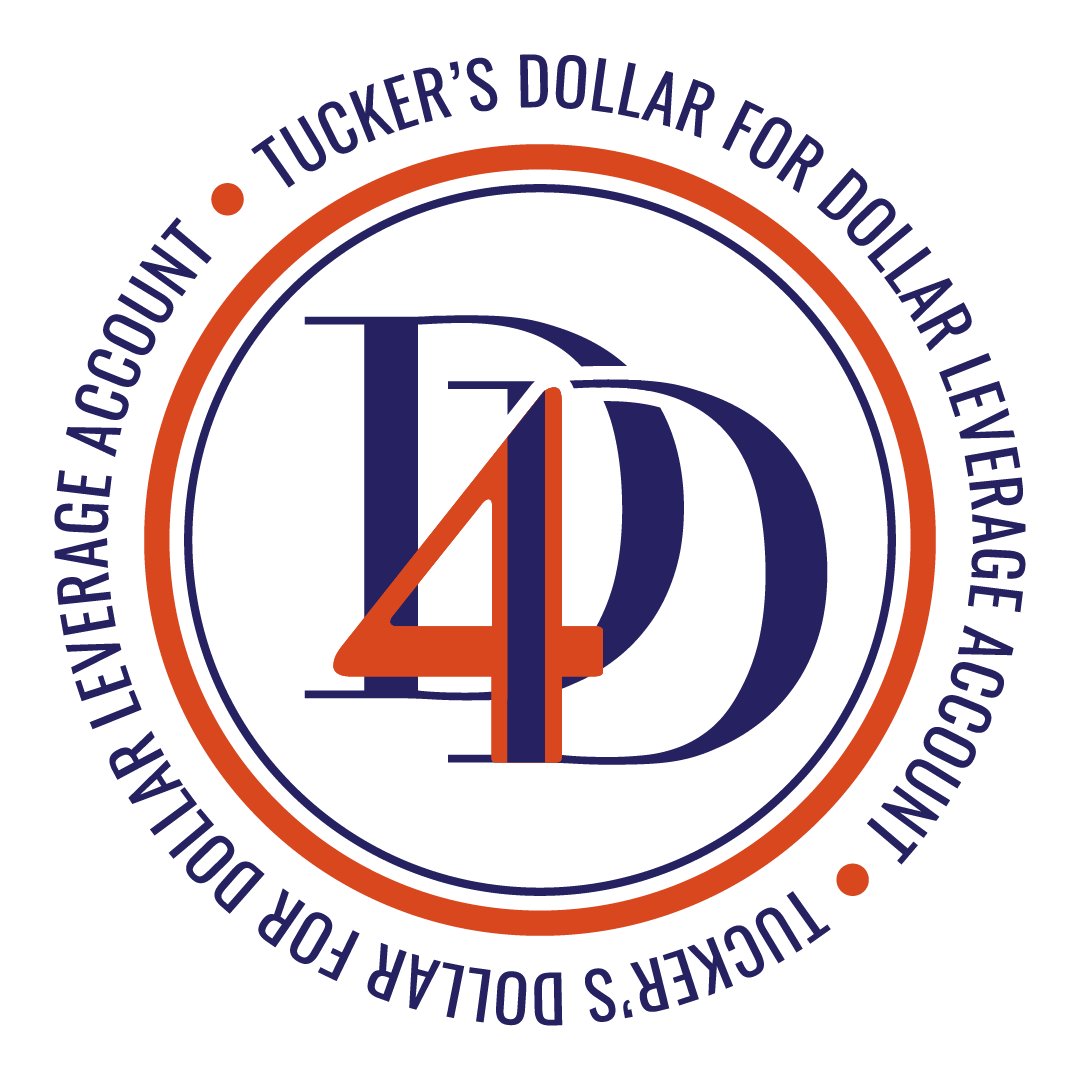Advanced Life Insurance Division
Life Insurance Solutions for a Bright Financial Future
We are extremely excited to be able to assist advisors already using the tax-code strategies of cash-value life insurance, and just as thrilled by the opportunity to teach those who have yet to take advantage of these valuable strategies

Mike Cheatwood | VP Life Insurance Sales
Life Insurance is not one size fits all. Carriers all have a portfolio of products built to achieve different goals in different demographics. Understanding the correct product placement is the key to successful planning.

Converting funds from a client’s stock market portfolio is often the moment of truth for retirement planners and financial advisors. It can separate those who truly know what they are doing from those who will cause their clients unnecessary taxes and expenses. The purpose of Tucker’s new Advanced Life Division is to help advisors better navigate this transitional tax code landscape.
For those advisors already using cash-value life insurance as a tool in savings conversions, we offer robust benefits and truly responsive back-office support. For those new to these strategies, let us give you an illustration or perform an analysis of one of your cases for free. We’re that confident we can show you what immense benefits these strategies can provide to both your clients and your bottom line. Perhaps the first fact people should understand is that traditional insurance policies purchase a death benefit, while cash-value life insurance policies purchase the benefit of tax code 7702(a).
“Is cash-value life insurance the missing piece in your financial planning?” says Mike Cheatwood, VP of Tucker’s Advanced Life Division. “Life Insurance is not one size fits all. Carriers all have a portfolio of products built to achieve different goals in different demographics. But understanding the correct product placement is the key to successful planning.”

“I’ve eagerly awaited the relaunch of our advanced life insurance division, and with Mike Cheatwood, our new VP of Life Insurance Sales, and his support team, I can confidently say we’ll make life easier and much more rewarding for advisors across the nation.”
– Jason Lechuga, Chief Operating Officer
TAX CODES
Bridging the gap between market-based & guaranteed investments
Have you heard the phrase “High Risk, High Reward”? It’s the game most people play in their younger years as they attempt to build wealth with their market-based investments. However, at a certain age the risk outweighs the reward. At this point in life, you may seek out guaranteed investments like CDs, Bonds or MYGAs to reduce your risk, and end up reducing your reward in the process. Tax code 7702a bridges the gap in these investments, with the ability to provide the higher returns you can get from the market while also providing the downside protection you would get from a guaranteed investment – all while providing tax-free growth and distribution.

Market Investments

Cash-Value Life Insurance Policies

Guaranteed Investments

How It works?
The Dollar for Dollar
Leverage Account
“If a dollar saved is a dollar earned, then is it safe to say that a dollar spent is a dollar gone? What if it
doesn’t have to be that way?”
Introducing a new and powerful way to present a 7702 plan that highlights the power of arbitrage, and
the leverage you receive with it. A 7702 plan is one of the most efficient accumulation models available,
not only providing for strong returns but also providing a superior level of security….. all while giving
unmatched tax benefits.
Estate Protection
Income Planning
Tax mitigation
college planning
Michael Cheatwood is not only an amazing person but an amazing worker! He knows just what he’s doing and is very knowledgeable in the Life Insurance industry. After being in the industry for 28 years, Mike was able to teach me things I didn’t know. On top of all of that, he is very patient and knows how to handle the most difficult tasks. His experience is impeccable. Thanks Mike! I am looking forward to working with you even more! You’re awesome!
Estate Protection
Income Planning
Tax Mitigation
College Planning
Schedule an Appointment
History
Life Insurance at a Glance
Introduction of Universal Life Insurance
No Regulation, Tax Shelter | RED FLAG
TEFRA
Passage of the Tax Equity and Fiscal Responsibility Act (TEFRA) in 1982 established that universal life insurance was, in fact, life insurance. The law defined characteristics of life insurance that must be present.
DEFRA
The Deficit Reduction Act (DEFRA) of 1984 coordinated with language laid out in TEFRA from two years before to establish specific rules about what life insurance was and what life insurance was not.
More specifically, upon DEFRA’s passage, we now had specific limitations on premium size relative to an outstanding death benefit. That Premium to Death Benefit ratio was now the deciding factor as to what qualified or disqualified a life insurance contract as life insurance.
DEFRA included the creation of two tests that would be the guideline moving forward for life insurance qualification & created the inception of the 7702 tax code.
TAMRA
The Technical and Miscellaneous Revenue Act (TAMRA) of 1988 laid out one additional restriction on life insurance. A new test that limited premiums paid to a life insurance policy to the premiums needed to cover all guarantees of the contract spread out over a seven-year period. (This is why we often call it the 7-Pay Test.)
If a policyholder violated this rule by paying more than this amount, he or she didn’t lose his/her policy’s status as life insurance per se. Instead, the policy was reclassified as a Modified Endowment Contract (MEC).
AG49a
-Life insurance illustrations could be presented in the same manner as annuities, using a “cherry picked” sequence of returns.
-Using these “cherry picked” sequence of returns combined with a low loan rate(in a low interest environment), allowed the carriers to show very large arbitrage numbers.
-Deceptive illustrations. Using returns from a timeframe when interest rates were high (meaning higher caps and pars), and putting them against loans from a more current, lower interest rate environment.
AG49b
-Expanded upon the previous guidelines to further restrict what can be shown on life insurance illustrations.
-By limiting how products with interest-linked rate enhancements can be illustrated, essentially doing away with the multiplier concept.
-Further restricted the amount of arbitrage that could be shown, lowering the acceptable illustrated arbitrage from 1% to .50%.
The Consolidated Appropriations Act
-The Consolidated Appropriations Act revised and lowered the required corridor for life insurance under federal guidelines.
-The same premium contribution could now have a significantly lower face amount attached to it.
-Huge benefit to cash accumulation and income planning because you have less stress on the policy from the cost of the death benefit itself.
Tucker Takes Life Insurance to the Next Level

“We’ve all heard the phrase ‘only two things in life are guaranteed, death & taxes,’ so you may do things like exercise and watch what you eat to extend your life. But what are you doing about taxes?”
– Mike Cheatwood
Advanced Life Insurance Division
LifeDivison@TuckerAdvisors.com
Phone Number
(720) 838-2632
Office
1520 West Canal Court, Suite 100
Littleton, CO 80210
